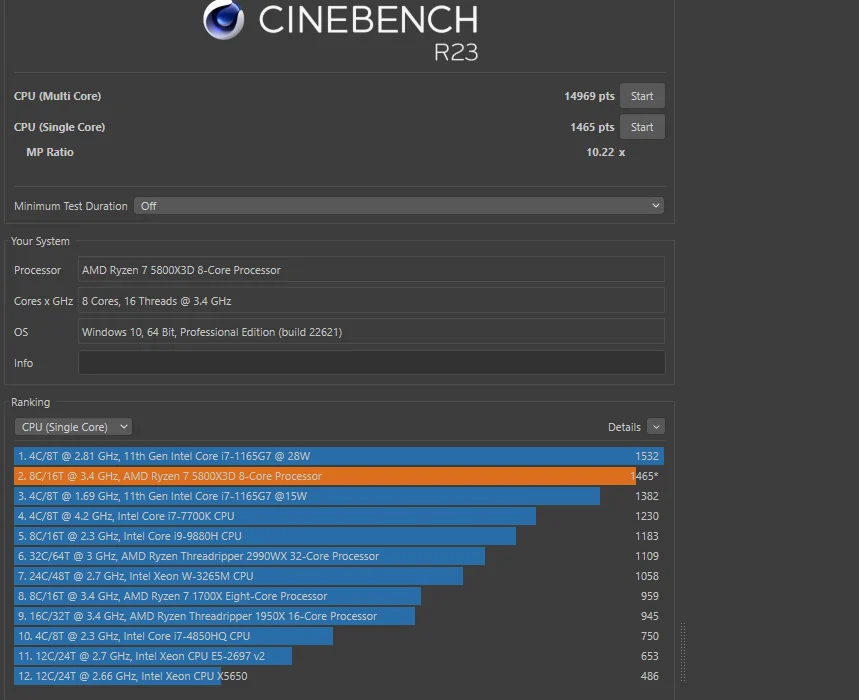Evaluating the overall performance of the Central Processing Unit in rendering tasks is very important. You can select and use the Cinebench Release 23 as per the guidelines to evaluate the CPU performance. This successful tool provides the precise benchmark for the existing and next-generation CPUs. You can use this tool to assess the stability of your system under high load. You can also evaluate the effectiveness of cooling solutions. This tool supports the M1-powered systems from Apple and lets you customizable single-core and multi-core tests with long runtimes.

The most significant benefits
Cinebench Release 23 is known and recommended because of its outstanding benefits. Enhanced accuracy and stability testing of this tool provides the following.
- Accurate benchmarks. This tool provides precise performance measurements for advanced CPUs, especially CPUs with different cores and threads.
- Simulates real-world rendering. The extended test duration in this tool mimics how CPUs are used during very demanding rendering tasks. This tool gives a realistic performance evaluation.
- System stability testing. The long default runtimes in this tool help a lot to find the potential stability issues under heavy CPU load. It can indicate whether the cooling solution of the system is sufficient or not.
The best CPU performance evaluation of this tool provides the following. - Customizable test runtimes. Users of this tool can adjust the runtime of the benchmark to perform stress testing on the hardware for a long time. This tool allows for a thorough assessment of stability and performance.
- Single-core and multi-core tests. This tool offers single-core and multi-core benchmark options and lets users assess the complete performance across different workloads.
- Support for modern CPUs. This tool is compatible with Intel and AMD CPUs. Users of the CPUs with the AVX instruction set and M1 silicon from Apple can use this tool.
Choose and use an efficient CPU thereafter
Users of the Cinebench Release 23 tool can launch it with command line options for advanced and absolute control. They can set the performance of a single CPU core, which is associated with applications that only use a single core. They use this tool to test the CPU stability under load. This tool is very useful for finding potential hardware issues and overclocking validation. There is a minimum runtime enforced by default. This is because to make certain accurate and reliable performance measurements for sustained load scenarios. Remember that this tool mainly focuses on CPU performance and not testing the capabilities of the GPU.
Scores of this tool are not directly comparable to scores of the previous versions. This is because of the code and compiler changes. The user-friendly interface of this tool allows for the manual configuration of the minimum runtime that gets activated by default. Thus, it simplifies the single-core performance testing process. You may like to use the right tool for evaluating the performance of a wide range of hardware today. You can research this tool in detail and find out how this tool supports appraising the performance of the hardware of different brands. For example, you can use this tool with Apple’s M1-powered systems.

